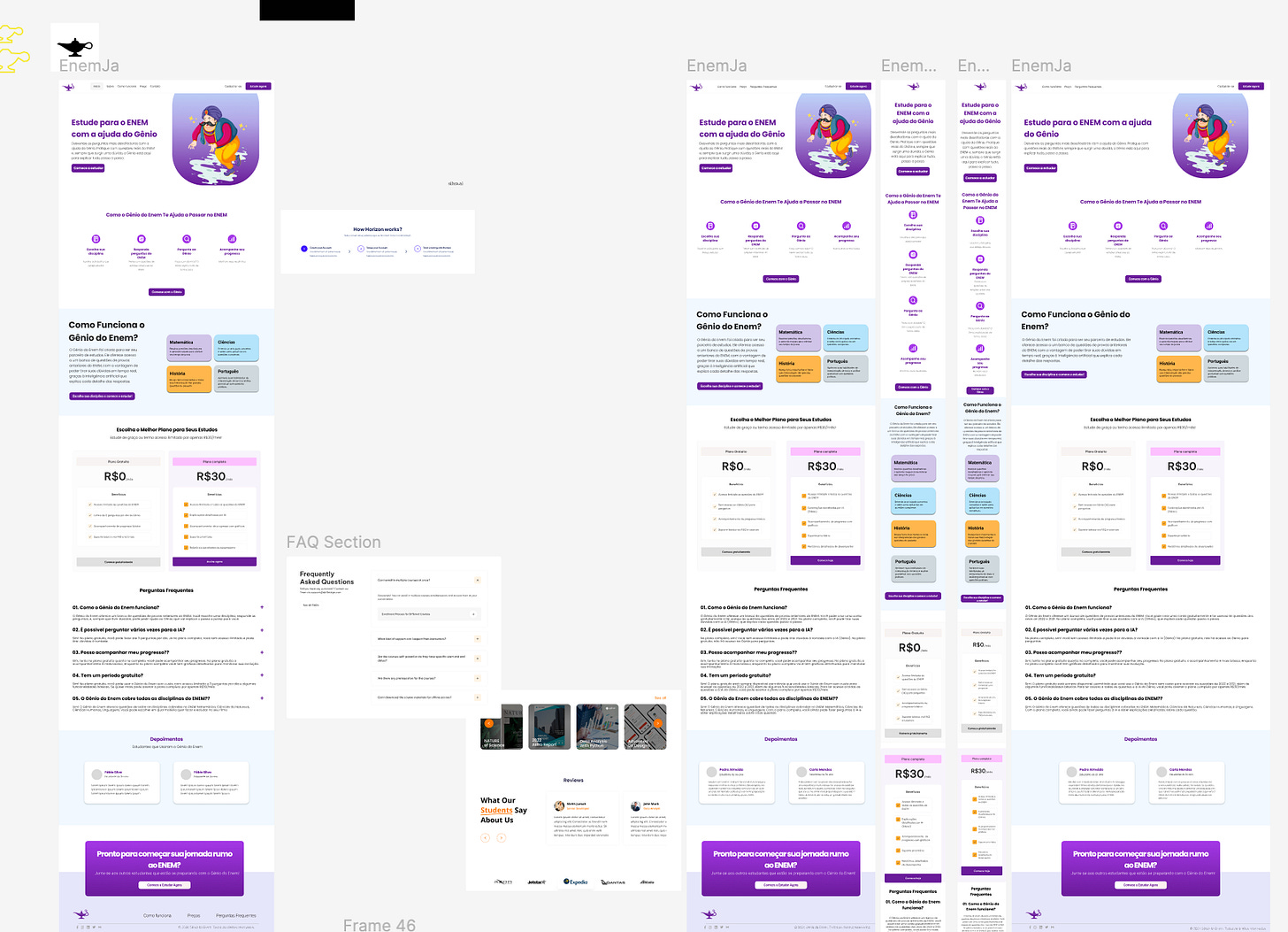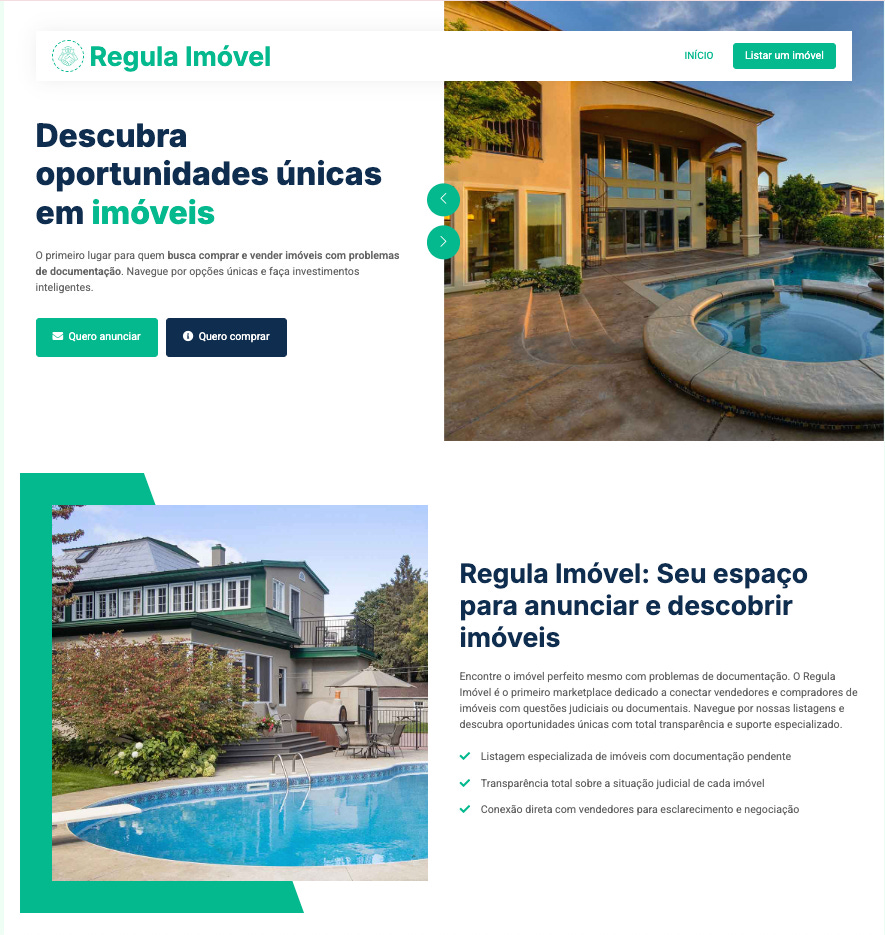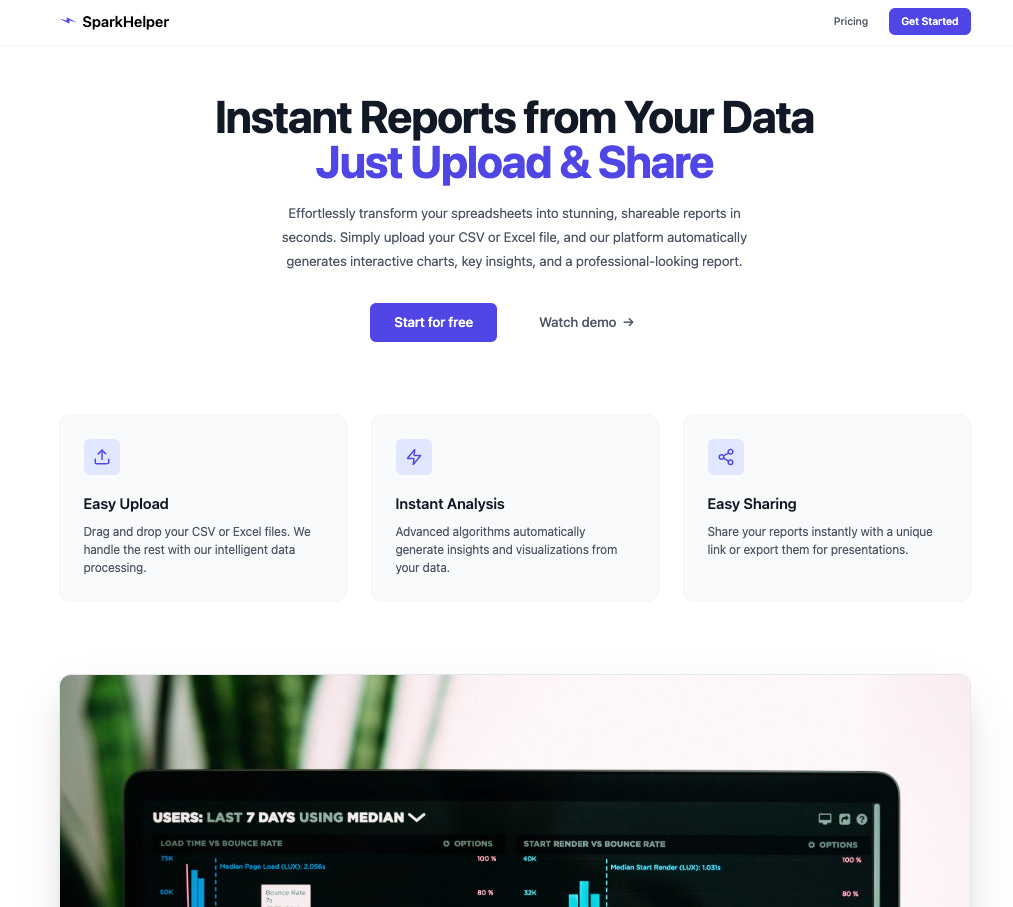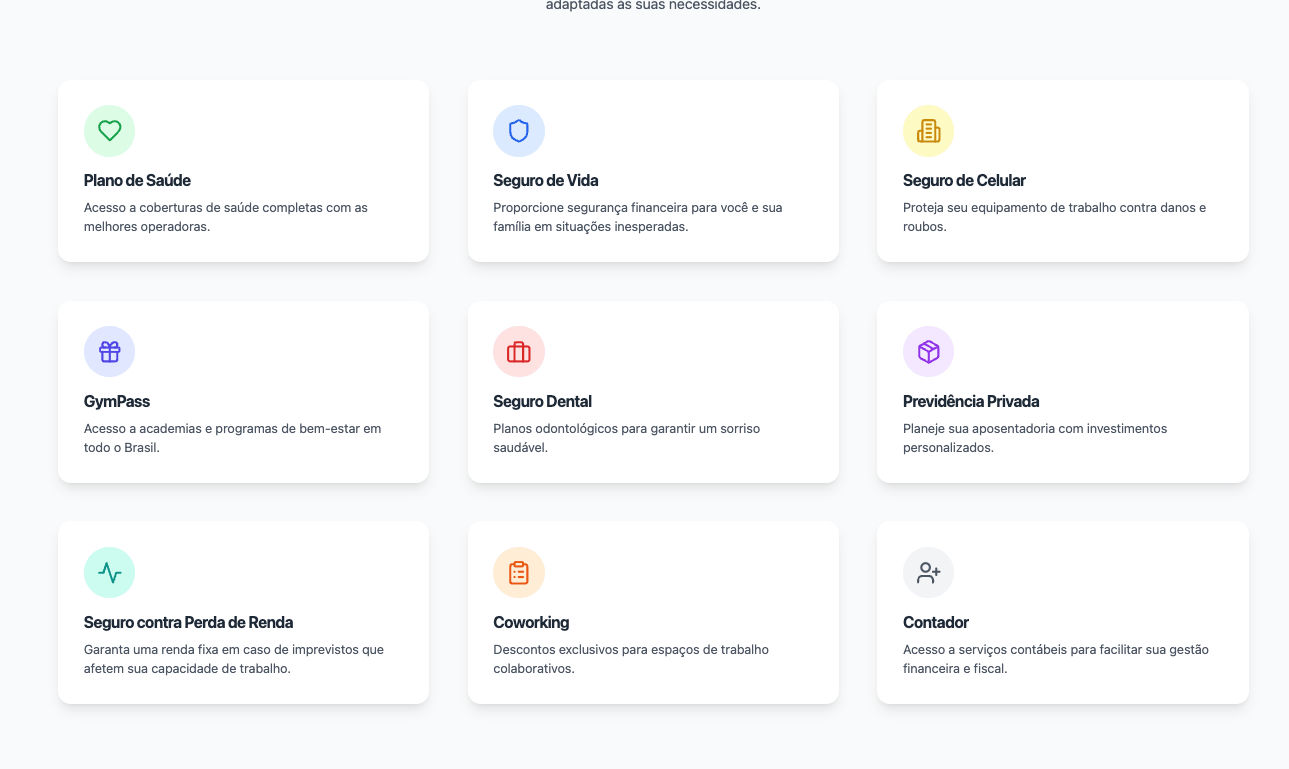Vibe Coding with AI
The new way of building things fast
A term that's been floating around recently—one that I think Andrej Karpathy coined—is "vibe coding."
It’s a funny but surprisingly accurate way to describe how AI has changed the way we write code. The idea? Instead of writing everything yourself from zero, you let AI do most of the work, review the output, tweak as needed, and repeat the cycle.
I resonate with this term a lot. I know how to code, but I wasn't formally trained, and traditionally, building things took me a long time because I was mostly searching how other people “did it”. If I were a hacker, I’d probably be labeled a script kiddie by most engineers, but thanks to the recent advances in AI, it allows me to have the ability to quickly create projects that would have been too time-consuming or difficult before.
I’ve been vibe coding ever since I got access to ChatGPT, and honestly, it’s a game-changer. While it's never production-ready, it’s incredibly useful for prototyping, mocking up landing pages, and testing ideas—things that used to take hours (or even days) are now done in minutes.
So here’s how I’ve been integrating AI tools:
Step 1: Ideation
Before diving into any project, it's useful to brainstorm with ChatGPT. Here, this assumes you actually don't have the idea defined in your mind - which might be the case. If you're just playing around with a random idea, this will allow you to quickly “structure it a bit more”. Keep in mind that ChatGPT might always suggest things that are too broad, so you need to keep your "reasoning model” trained
For example, if I have an idea for a landing page, I’ll start with something like:
"I want to build a landing page for an AI-powered note-taking app. It should be clean, minimal, and modern—maybe something like Linear or Vercel's website. How should I structure it?"
ChatGPT will then provide a solid starting point—layout suggestions, potential components, even copywriting. Gone are the days of writing this yourself or just opening Figma and starting from scratch.
Step 2: Generating the website
Once the idea is structured, I use AI-powered website builders like:
I've been mostly using Bolt but they're all kinda the same - you can get the output from ChatGPT and paste it there and in minutes, you'll have a fully functioning “landing page”
Prompt:
"Create me a website in the style of X" …where X could be Linear, Vercel, or even Stripe (if you like their brandings).
Bolt, for example, outputs a React + Tailwind project. No need to manually set up everything from scratch.
Once I get the generated site, I download it, open it in my browser, and inspect the structure. Sometimes it’s perfect, other times it needs tweaking—but that’s where the next step comes in.
Step 3: Refinement & editing
After I have the generated website, I start tweaking it. I’ve been using Cursor, which is an AI-powered coding editor that helps with real-time suggestions. But to be honest, my go-to approach is just copying the entire code into ChatGPT and asking:
"Hey, can you change this section to have a testimonial slider?" "Make the buttons have rounded corners and adjust spacing to adjust the design."
And it works. ChatGPT modifies the code, I paste it back, refresh, and check if it looks good. Rinse and repeat.
This process is insanely fast compared to the old way:
Before: Design in Figma → Manually write HTML/CSS → Debug responsiveness → Add interactivity
Now: AI generates everything → Minor edits → Done.
What used to take a full day can now be done in less than an hour.
Here's a few examples of “pre-AI builder websites I made” and “post-AI builder”
Pre-AI:
Genio do Enem - this one was built from scratch with Figma and ChatGPT for the copywriting
RegulaImovel: Used an open-source template for most of the code
Meanwhile, my recent ones—built with AI tools—were completed in just a few hours on a Sunday
So what this allows me is to create these “simple” landing pages at a much faster rate. Of course I'm not developing any groundbreaking styles but that's not what is needed. The goal is to get the landing page to seem legitimate and also have it make sense.
Step 4: Hosting & Deployment
Once the landing page looks good, the final step is getting it online. Here you either need to pay for a domain or just use a random one. After that, you can host it in a few options:
Vercel: If the project was built using React, Next.js, or similar frameworks, Vercel integrates quite well.
AWS: If you know your way around it (which my developer friend does).
Cloudflare Pages: If I want something fast and free with built-in security and it's free for static websites with html / css / js.
Most of these services allow you to deploy a site just by connecting a GitHub repo, so it’s pretty much one-click hosting.
The downsides
This AI-driven approach to coding has fundamentally changed how I build things.
Of course, this isn’t perfect—AI-generated code isn’t always clean, and if you’re working on something serious (production-level apps), you’ll still need to manually optimize things. But for quick prototypes, landing pages, and proof-of-concept projects? It’s incredible.
One issue that will become increasingly important is the security of these AI-generated apps. If you're hosting it and then sharing it with people, as soon as you start getting users and especially, paid ones, you need to take into account that security is relevant.
Since most of the code isn't written by you, unless you have a technical founder / team, you might be unknowingly introducing security flaws that could cause issues down the line.
Final Thoughts
We're seeing more and more solutions that promise to “build everything” for you - like a full stack AI so I expect this process to become even better. Keep in mind, I'm only paying for ChatGPT right now, so the rest is all made with their free plans.
If you haven’t tried vibe coding yet, you should. It’s honestly a glimpse into the future of software development—where AI acts as your co-pilot, handling “hard parts” while you decide on the business proposition.
Of course, this won’t replace skilled developers, but it will empower more people to build—whether they’re experienced coders or just starting out.
So next time you have an idea, don’t overthink it. Just try it.







Many great advises here!
I also have some vibe coding experience:
https://ayaho.substack.com/p/how-i-created-a-tsnextjsreactmongo